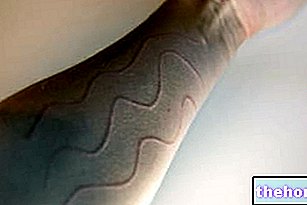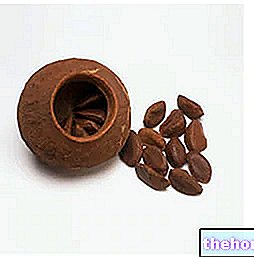What is Anhidrosis?
Anhidrosis is the inability to produce and / or secrete sweat; it is therefore opposed to "hyperhidrosis, characterized by" excessive sweat secretion compared to the norm; the simple reduction of sweating instead characterizes the typical picture of hypohidrosis.
Anhidrosis can affect limited skin areas or extend to large body surfaces; in the latter case the heat-dispersive mechanism mediated by sweat is compromised and the risk of severe hyperthermia following exposure to heat and / or intense physical exertion increases. Furthermore, due to a compensatory mechanism, hyperhidrosis of functionally normal areas is recorded.
Symptoms
The symptoms of anhidrosis consist of: absence of sweating in more or less extensive skin areas, intolerance to heat, easy fatigue, headache and malaise during exposure to high temperatures or intense physical exertion.
In the most severe and widespread forms, fever and particularly high ambient temperatures generate hyperpyrexia and central neurological disorders, increasing the risk of death.
Causes
The possible causes of anhidrosis are many:
- diseases that destroy the sweat glands, such as scleroderma, radiodermatitis;
- diseases that stop sweating, such as erythroderma, psoriasis;
- diseases that damage the nervous system, such as leprosy, diabetic polyneuritis, alcoholic, etc;
- diseases characterized by accumulation, such as Fabry disease.
A more or less severe hypohidrosis is also typical of eczematous areas and ichthyosis.
Treatment
The therapy consists in cooling, if necessary, the surfaces affected by anhidrosis (the sponging is very useful) and keeping them well hydrated using special products, such as lanolin.









.jpg)


















